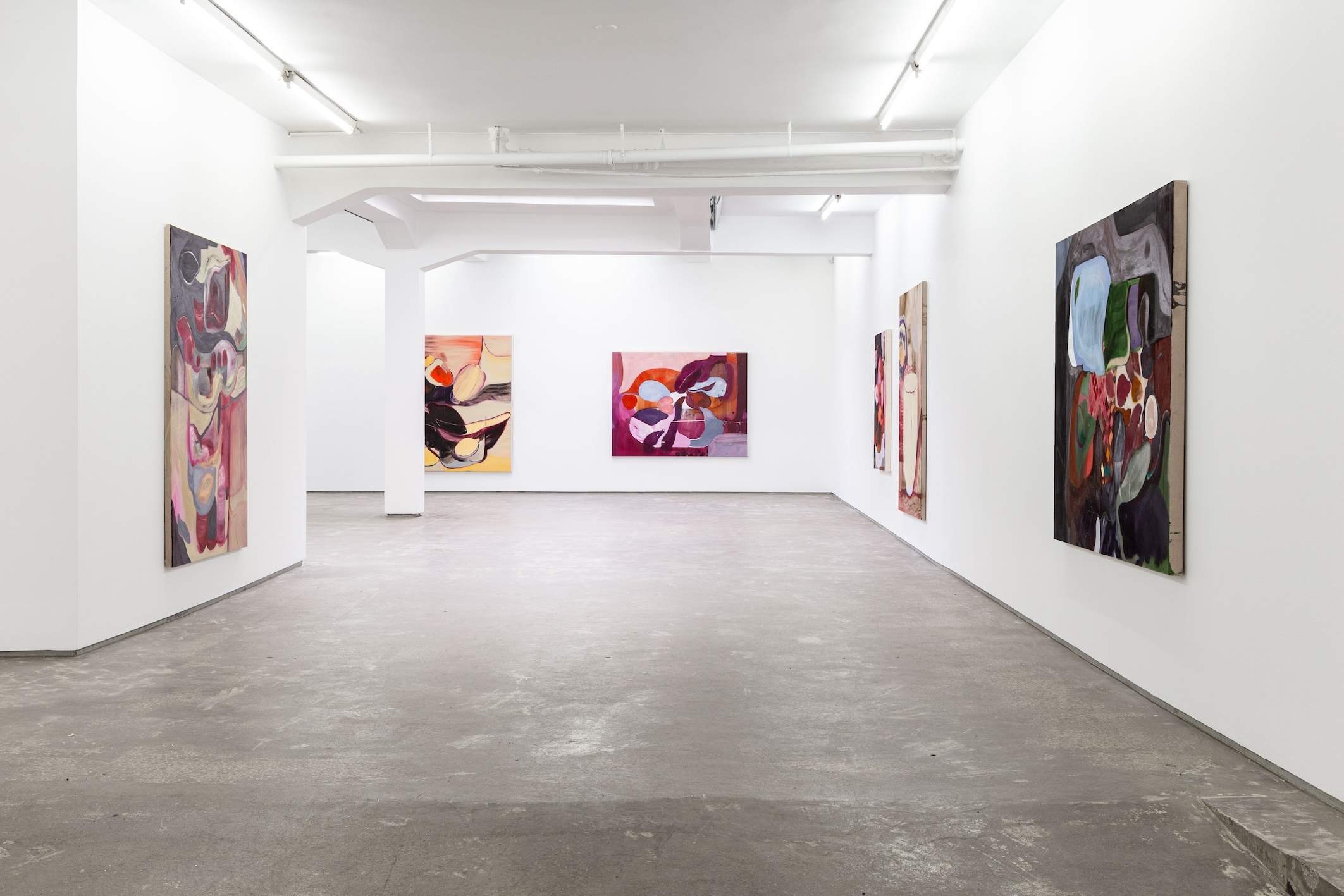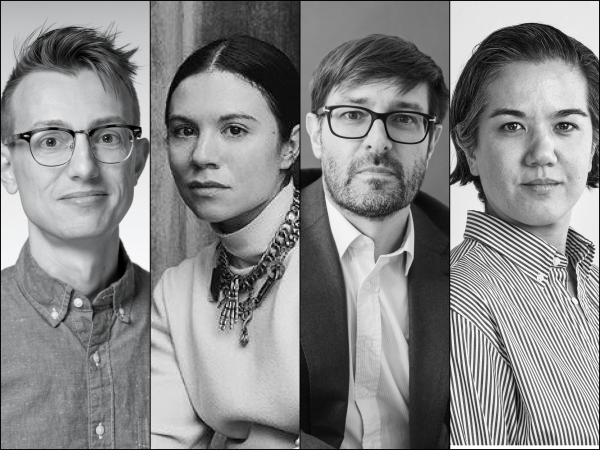In a captivating panel during Artlogic Connect '24 moderated by Megan Leckie, prominent art collectors from around the world—Basma Al Sulaiman, Catherine Petigas, and Miyoung Lee—shared insights into how they engage with galleries and artists in today’s rapidly evolving art landscape. Blending technology with personal connections, these collectors discussed how they navigate the art world while balancing heritage, relationships, and the digital age.
Read on for a four-takeaway snapshot of the discussion, or watch on-demand now.
Collecting Through the Lens of Heritage
A central theme that emerged from the panel was how collectors’ personal backgrounds and cultural histories shape their collecting journeys. Basma Al Sulaiman, a Saudi collector, discussed how her deep connection to Saudi heritage influences her approach to collecting. For Basma, preserving her culture while supporting contemporary artists is essential. She explained, “When I started collecting in the '90s, resources and exposure were limited. I was driven by a passion to preserve my heritage, mixing traditional and contemporary art to create a unique narrative for my region.”
Similarly, French collector Catherine Petigas highlighted her dedication to supporting Latin American art, focusing on underrepresented regions. “I collect art from Latin America and am deeply involved in acquisition committees,” she shared. “Discovering new artists often comes through word of mouth, fairs, biennials, and exhibitions, while I also work closely with institutions supporting young artists, especially from local art schools.”
Both Basma and Catherine’s collections are rooted in cultural and geographic influences, demonstrating how heritage and personal history shape individual collecting practices.
"If I’m not purchasing a piece, I let the gallerist know immediately. This transparency fosters trust."
Cultivating Long-Term Relationships with Galleries and Artists
A key takeaway from the panel was the importance of cultivating genuine, long-term relationships with galleries and artists. Miyoung Lee spoke about how her connection with gallerists has evolved over the years, becoming more personal and grounded in mutual respect. “Some of my closest friendships have been with gallerists,” she said. “Honesty and respect are vital. If I’m not purchasing a piece, I let the gallerist know immediately. This transparency fosters trust. It’s not just a transaction—it’s about a shared respect for the artist and their work.”
Basma also shared her commitment to building strong relationships with local artists in Saudi Arabia, working directly with galleries to foster regional talent. “Where I made the most impact was with local artists. I focused on building connections with galleries and helping artists by sending them on international residencies, expanding their opportunities abroad,” she explained.
Catherine emphasized the artist-first mentality when collaborating with galleries, adding, “When I meet a gallerist, I look for their passion for the art. Collectors and galleries are part of the same family—we’re all here to support the artist, especially those from underrepresented regions. Understanding that the artist comes first makes the relationship with the gallery much more rewarding.”
These insights reaffirm that art collecting is not just about commerce—it’s about mutual understanding, respect, and fostering long-term relationships.
"Technology should complement the physical experience, not replace it.”
Technology’s Role in the Art Collecting Experience
As art collecting increasingly integrates with technology, the role of online tools has become a significant part of the collecting process. Basma Al Sulaiman shared her pioneering use of virtual reality and gaming technology in 2011 to create a virtual museum of her collection, a groundbreaking effort to make her art accessible to a global audience. “I created my virtual museum out of necessity, not luxury,” Basma explained. “I wanted to share my collection and knowledge with others, but physical access was impossible. Technology breaks down barriers and makes art accessible in ways traditional exhibitions cannot. However, it’s clear that nothing can replace the irreplaceable experience of seeing art in person.”
While Basma acknowledges the power of digital art platforms, she believes that virtual experiences can never fully replicate the sensory impact of the physical world. Miyoung echoed this sentiment, mentioning her preference for seeing art in person or on larger screens. “I avoid relying on small digital platforms. It’s useful for discovering an artist I already know, but I much prefer seeing the work up close, or at least on a larger screen. Scale is important,” she said.
Catherine similarly appreciated the usefulness of digital tools, such as PDFs and virtual guides, but emphasized that physical engagement with art remains essential: “I love digital guides, but I prefer the tactile experience of seeing art in person, especially at fairs and galleries. Technology should complement the physical experience, not replace it.”
Balancing the Personal and the Digital
Today’s collectors are mastering the art of balancing their personal narratives and cultural heritage with the transformative potential of digital tools. As Basma poignantly noted, “Technology has its place, but the real connection happens in person. The physical experience of being with the art is irreplaceable.”
For Basma, Catherine, and Miyoung, collecting is more than acquiring works—it’s about harmonizing tradition with innovation, fostering meaningful relationships over mere transactions, and embracing technology without losing the irreplaceable intimacy of engaging with art in person.
In the end, it’s this thoughtful balance that shapes the modern collector’s journey in an ever-evolving digital era.






